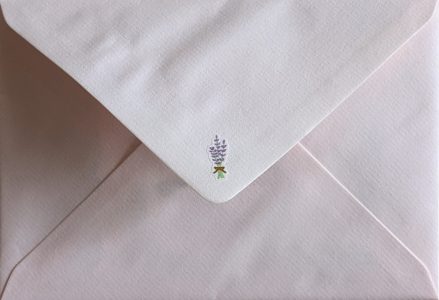There is a free little library near where I live, painted red with a small glass door with a latch that feels like an old wood horn shape coat button. The library stands out on the lawn of an equally charming old house. It is full of self help books on writing or spirituality, those chunky cardboard textured children’s books, and classics with worn out covers. We almost always make an effort to walk past it. Sometimes in the dark my husband shines the flashlight on his cell phone while I unlock the latch to peek in. Sometimes he holds my umbrella while I rearrange the books on the two tiny shelves to tuck another one in or take one out.
I like to imagine the owner of the library is someone who is in the process of writing a memoir, a gentleman of faith based on the religious books, a man based on the underlining and penmanship on the margins. He loves his family and is either an early riser or late sleeper, carving out private time at his desk to work on his craft. He has been looking for a story and now that he found it, he is looking how to write it. Whoever he may be, I enjoy the books on writing and the latest find was Telling Secrets, a memoir by Frederick Buechner.
Buechner was a minister and theologian who had written many fiction and non-fiction books. I had never heard of him before and while this memoir has religious undertones I don’t believe in, I read it with an opened mind. This is a book in three parts, which read like sermons or personal essays. In each part he reveals the struggles of his life, from home life to adventures in teaching, all revolving around a relatable theme of the search for love and acceptance. I liked how he meandered in and out of different facets of his personal story in each essay, which felt like listening or reading a letter from a friend.
This memoir is only 106 pages and could be read in a sitting, but has accompanied me on my commutes the last few months. It felt like the kind of book that needs to be read slowly in pieces. I had wanted to write a thorough review of it but the words have left me. The following are some inspiring passages worth mentioning:
“To be at peace is to have peace inside yourself more or less in spite of what is going on outside yourself.” (p. 25)
“I not only have my secrets, I am my secrets. And you are your secrets. Our secrets are human secrets, and our trusting each other enough to share them with each other has as much to do with the secret of what it is to be human.” (p. 39)
“[W]hat I need more than anything else is people – other lives to bounce my life off of and share my life with, to give me life.” (p. 57)
“I think our best dreams are always trying to move in that direction – homeward – and writing a novel, for me, is a form of dreaming, of deepest remembering.” (p. 66)
